In South Texas congressional race, Monica De La Cruz and Michelle Vallejo spar over health care

The topic is playing a major role in one of Texas’ only competitive congressional races this year as the competitors debate Medicare, abortion and expanding coverage.
New Jersey Dem House candidate says she is ‘not super worried’ about biological men in women’s locker rooms
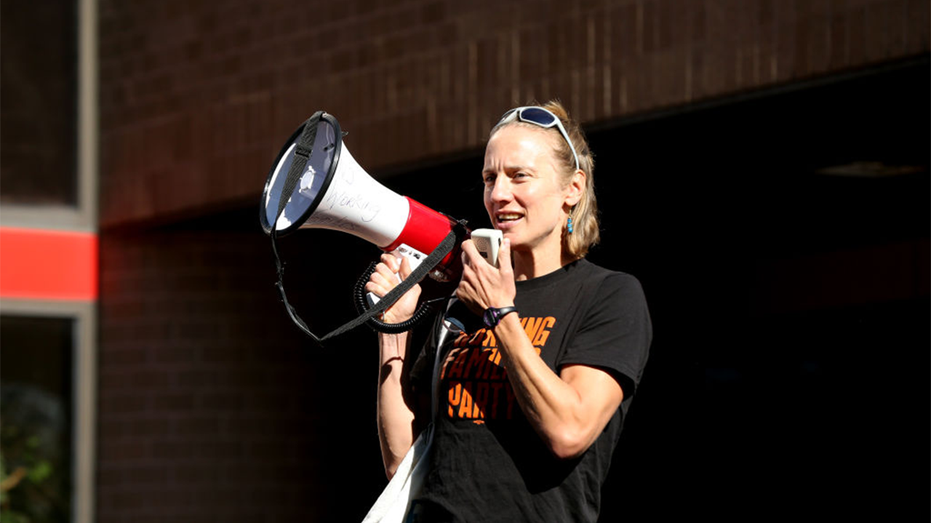
A Democrat running to represent New Jersey in the U.S. House said she is “not super worried” about biological men being in women’s locker rooms, as she says she supports them being allowed on women’s sports teams. Sue Altman, who played basketball at Columbia University before playing professionally in Ireland and Germany, told potential voters at a town hall in Phillipsburg last week that she “got such a benefit from Title IX” but that she did not have an issue with “our trans brothers and sisters” being added to women’s athletics, according to the New York Post. “If we decide as a society that making rules about who is and who isn’t female is more important than giving young children a chance to be on teams and compete and to be part of something bigger than themselves, especially young people who are more susceptible to suicide and bullying, then I think we’ve lost our way a little bit,” Altman said. “As someone who’s been working to advocate for women’s rights and women’s sports, I promise you that in the locker rooms of women’s sports teams, we’re not super worried about this,” she continued. “We’ve been worried about getting equal access to gym time, good referees, good trainers so you don’t get injured, fair shake at scholarships, equal pay at the higher levels.” NEW HAMPSHIRE PARENTS SUE SCHOOL DISTRICT FOR BANNING THEM OVER ‘SILENT PROTEST’ AGAINST TRANS SOCCER PLAYER Altman, a former leader of New Jersey’s progressive Working Families Party, seeks to defeat Republican incumbent Rep. Tom Kean in New Jersey’s 7th Congressional District in next month’s election. The race is currently ranked as a toss-up, according to the nonpartisan Cook Political Report. Last year, Kean voted in favor of a House bill to provide protections for women’s only athletics, a proposal that passed the lower chamber. The issue of transgender athletes’ participation in women’s sports has been controversial in recent years, as biological men have taken first prize over women in the U.S. and in international competition. There have also been cases of women being injured in competition by transgender athletes and women expressing discomfort about changing in the same locker room as a biological male. The percentage of Americans who believe athletes must play on teams that correspond with their biological sex rose from 62% in 2021 to 69% in 2023, according to a Gallop survey. According to the survey, a majority of Democrats in 2021 supported athletes participating in sports based on their gender identity, whereas in 2023, more Democrats believed athletes should be on teams that correspond with their biological sex. Studies have found that transgender women athletes hold a competitive advantage over biological women even after hormone therapy. GOP GOVERNOR REVEALS WHY HE ORDERED SCHOOLS TO BAR TRANSGENDER ATHLETES FROM GIRLS SPORTS “This is a place where people care about girls sports, and I respect that,” Altman said. “And I also know that I grew up with people who are now trans, who have transitioned from boy to girl or girl to boy, and those people struggled in adolescence.” “And I will let individual sport committees decide the highest, highest level things, but at the very heart of it, we have to respect people of all genders and give young children, especially young people and adolescents struggling with their gender identity, the chance to compete,” she said.
Walz faces backlash after defending Obama-era mandate repealed by Trump: ‘Massive tax penalty’
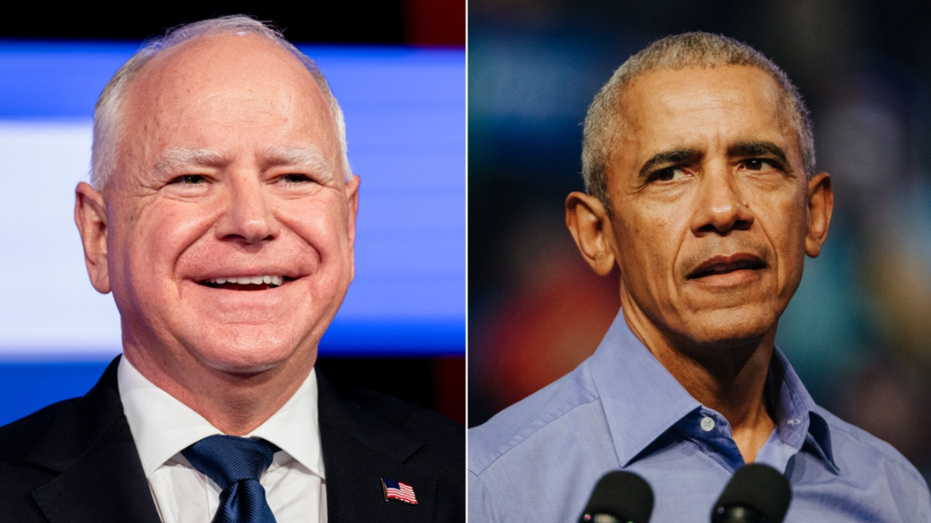
Democratic vice presidential nominee Tim Walz faced backlash on social media after he defended an individual healthcare mandate during a back and forth with his counterpart, Republican Sen. JD Vance, in their first and only debate on Tuesday night. “The question about this of young people, whatever, that’s the individual mandate,” Walz said during a conversation on healthcare and the Affordable Care Act at the CBS News debate in New York City. “And Republicans fought tooth and nail saying Americans should be free to do this.” Vance then interjected, asking, “Tim do you think the individual mandate is a good idea?” “I think the idea of making sure the risk pool is broad enough to cover everyone — that’s the only way insurance works. When it doesn’t, it collapses. You are asking pre- ACA where we get people out. Look, people know that they need to be on health care. People expect it to be there.” BIDEN-HARRIS ADMIN HAS ‘FAILED’ REPEATEDLY ON HEALTH CARE: ANALYSIS Walz went on to say that the ACA “works” but we can “continue to do better.” Walz’s comments defending the individual mandate drew criticism on social media, with people pointing out that it was repealed during the Trump administration. “We eliminated an especially cruel tax that fell mostly on Americans making less than $50,000 a year — forcing them to pay tremendous penalties simply because they could not afford government-ordered health plans,” Trump told an audience during the 2018 State of the Union Address. “We repealed the core of disastrous Obamacare — the individual mandate is now gone,” he added. 7 REASONS TO FEAR KAMALA HARRIS’ RADICAL ‘MEDICARE-FOR-ALL’ SCHEMES “Tim Walz just endorsed reinstating the Obamacare mandate which was a massive tax penalty for Americans who can’t afford to buy insurance,” GOP Sen. Tom Cotton posted on X. “Oh my god, Walz defending the individual mandate,” journalist Josh Barro posted on X. “Does he know there isn’t one anymore?” “Tim Walz doubles down on his support for Obamacare’s individual mandate tax, by far the least popular part of Obamacare,” Americans for Tax Reform Director Mike Palicz posted on X. “This would violate Kamala’s pledge not to raise taxes on anyone earning less than $400K. Trump Tax Cuts repealed the hated individual mandate tax.” During the debate, Vance argued, “Donald Trump has said that if we allow states to experiment a little bit on how to cover both the chronically ill, but the non-chronically ill, it’s not just a plan. He actually implemented some of these regulations when he was President of the United States. And I think you can make a really good argument that it salvaged Obamacare, which was doing disastrously until Donald Trump came along.” Fox News Digital reported Monday that Walz has previously voiced his support for single-payer government-run healthcare. “I think that’s probably the path where we end up,” Walz said in a 2018 debate while running for governor when asked, “Are you for single-payer?” “And I say that because, be very clear about this, there were no protections for preexisting conditions before the ACA,” Walz continued. “A vote for the ACA was the first time in this nation’s history we had those protections and making sure people have that protection, making sure they were covered, and then making sure we were focused on preventative care, people were finally getting that under the ACA, we started to see health outcomes improve and that’s the real key to driving down insurance premium prices.”
More than 200 killed: What caused the devastating floods in Nepal?
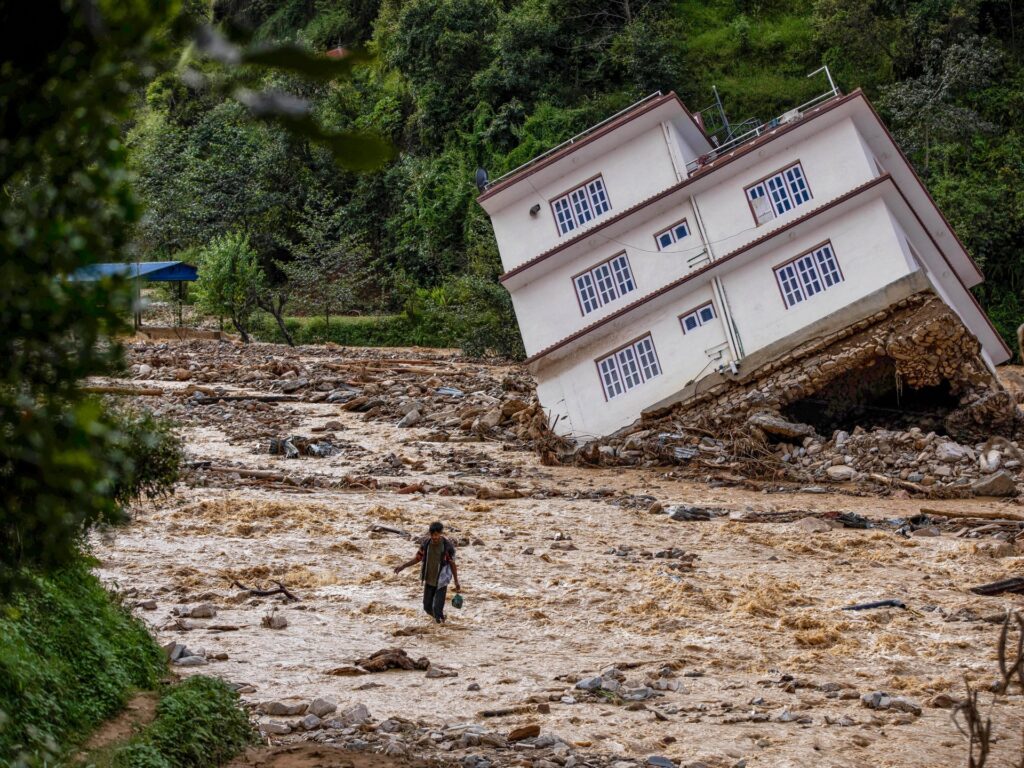
Nepalese capital Kathmandu was inundated by floodwaters last week after record-breaking rains caused the Bagmati river to breach its banks. More than 200 people have been killed and thousands of houses damaged in the worst flooding and landslides in the Kathmandu valley in years. So what caused the flooding and landslides? Was it climate change or unchecked urban encroachment of the river that passes through Kathmandu valley? We speak to experts to understand the deadly flooding in the Himalayan region. How much did it rain in Kathmandu? From Thursday to Sunday, the Kathmandu valley recorded about 240mm (9.4 inches) of rain – the biggest deluge since 2002, according to a monitoring station at the Kathmandu airport. Some parts of Kathmandu reported rain up to 322.2mm (12.7 inches). The intense downpour was mostly seen in Kathmandu and surrounding regions. Popular tourist destination, the mountainous Pokhara which is more than 200km (124 miles) from Kathmandu, was also hit by flooding. How many people died in the Nepal flood? On Wednesday morning, the Nepal Police Headquarters reported that the death toll from the floods and resulting landslides had risen to 228. At least 25 other people are missing and 158 injured, according to the police report cited in local news outlet, The Kathmandu Post. What is the status of flood recovery efforts in Nepal? Recovery work by the police, paramilitary forces and the army was ramped up on Monday. Nepal’s army reported that more than 4,000 people were rescued using helicopters, ziplines and rafts. However, damaged infrastructure and blocked roads are hindering rescue operations, local media reported. Prime Minister Khadga Prasad Sharma Oli called an emergency meeting after returning on Monday from the United Nations General Assembly session in New York. He was criticised for not cutting short his trip in the wake of the disaster. What caused the worst flooding in years? The last time an intense flood was reported in Nepal was in 2002. Relief Web cited the country’s Home Ministry as saying that 198 people were killed and 105 were injured. The Nepal-based think tank, the International Centre for Integrated Mountain Development, said the flood was worsened by unplanned urban encroachment around the Bagmati river. Pawan Bhattarai, an assistant professor in the Department of Civil Engineering at Tribhuvan University, says man-made factors contributed to the severity of the flooding caused by record rainfall. “Natural flood events turn into a severe disaster due to the lack of preparedness or early warning, unscientific land-use practices and haphazard development activities among others,” said Bhattarai. Urban planner Neeraj Dangol said multiple factors were behind the latest disaster. The Bagmati river, he says, was narrowed due to haphazard planning and urban development that took place after a drastic population boom in Kathmandu in the early 1990s. “In the past 40-50 years, houses and roads have been built on areas that used to be part of the river system,” Dangol explained. He added that before the chaotic development, the ground was made of porous, absorbent, agricultural land. Now, the concrete material of roads and pavements causes water to run off, “adding load to drainage”. Urban development has also led to deforestation. Forested land helps hold water and also prevents runoff. Hence, deforestation makes land more vulnerable to flooding. He added that the drainage system has not been updated to cater to Nepal’s growing population. Between 1991 and 2001, the population grew from 18 million to 23 million. As of 2021 when the last census was published, the population was 29 million, according to Nepal’s Central Bureau of Statistics. Did climate change make the flood worse? Experts say climate change has indeed made floods in Nepal more frequent and intense in recent years. “Extreme weather events are occurring more frequently and the rainfall pattern is becoming increasingly unpredictable which can be attributed to climate change,” said Bhattarai. However, “we cannot blame climate change to hide our ill management of rivers,” he added. Who suffers most from Nepal’s flooding? Communities living in informal squatter settlements on riverbanks have been hit hardest by floods, Dangol, the urban planner, said. These communities comprise working-class families and daily wage workers. “Not only are they directly affected by floods, they also suffer loss of belongings, loss of jobs and lack of clean water for many days,” he said. He added they have to spend money and energy on rebuilding their houses in the aftermath of floods without a safety net to fall back on. Local media cited the Ministry of Urban Development, saying that 10 percent of Nepal’s urban population lives in informal settlements. The daily wage is fixed at 668 Nepali rupees ($5) per day, according to an August 2023 update on local media. “Also, the women and children are highly vulnerable to such extreme weather events in Nepal,” Bhattarai added. How can floods be prevented? Dangol, the urban planner, says: “It’s better to be prepared than just react after [flooding] takes place.” He added that in the long term, urban planning needs to be improved and efforts should be made not to disrupt the original course of the river. The use of porous material in construction and infrastructure upgrades to handle a growing population are other measures needed to mitigate future disasters, Dangol said. Bhattarai, from Tribhuvan University, added that water resources projects like hydro-power and irrigation systems should be designed to withstand extreme floods and landslides. Additionally, “dissemination of warning information should be made effective and awareness should be raised about the safety measures during floods and other water induced disasters,” he said. He added that government agencies should collaborate with research institutions on developing research-based solutions to flood and water-related problems. “We should not forget that this is not happening for the first time. It happens every year but this time the scale is huge,” Dangol said. Adblock test (Why?)
Rice battle heats up as India, Pakistan lift export curbs
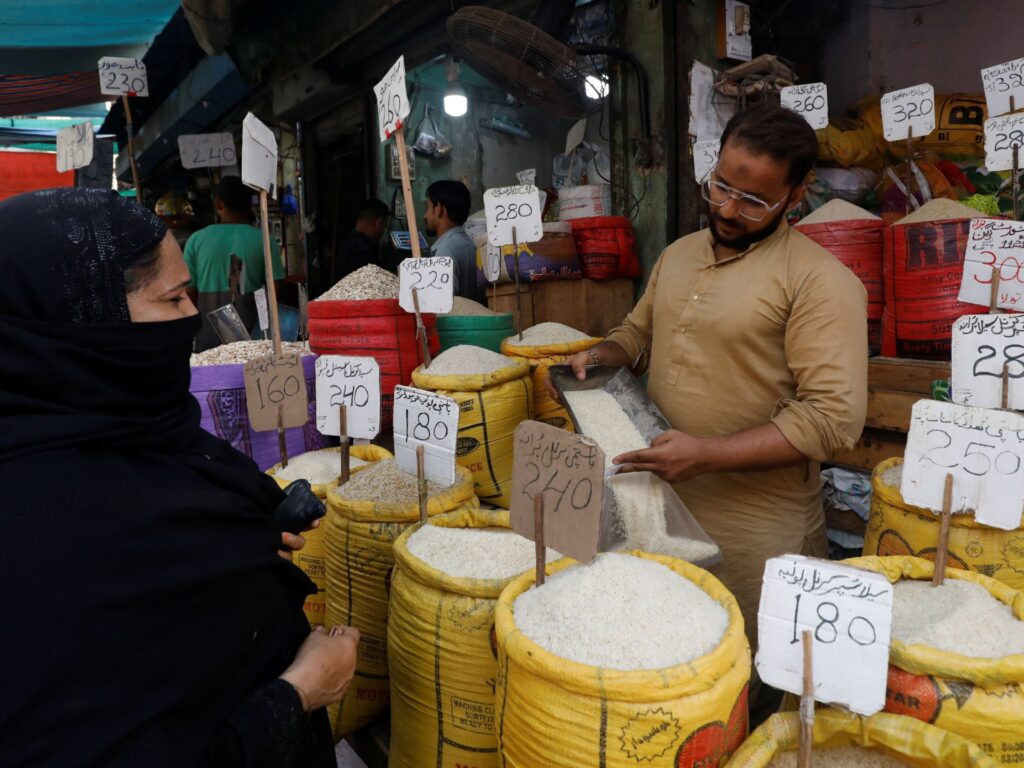
Islamabad, Pakistan – The global prices for different varieties of rice dropped on Monday after India and Pakistan made tit-for-tat moves to eliminate price caps and resume rice exports. On Saturday, the Indian government lifted a ban on the export of non-Basmati white rice more than a year after it blocked overseas sales, with a larger crop yield in 2024 bolstering state warehouse reserves for domestic needs. This decision followed Pakistan’s announcement a day earlier to withdraw the minimum export price (MEP) for all rice varieties, a measure that had been in place since 2023 and set at $1,300 per metric tonne for Basmati rice, and $550 for non-Basmati rice. Pakistan’s decision was influenced by India’s earlier removal of the MEP of $950 per metric tonne for Basmati rice in September. India and Pakistan are the only countries that produce Basmati rice, known as “scented pearl”, for its unique flavour and aroma. In a notification issued on September 28, Jam Kamal Khan, Pakistan’s commerce minister, said the government acted on a request from the Rice Exporters Association of Pakistan (REAP) to eliminate the MEP. Khan said the price floor was introduced last year in response to rising global rice prices and India’s export ban on non-Basmati rice, which was followed by New Delhi imposing some restrictions on the export of Basmati rice in August 2023. With those bans, Pakistan in effect became the only exporter of Basmati rice – allowing it to charge top dollar through the MEP. “However, with the recent decline in international rice prices and India lifting its export ban, the MEP has become an obstacle for Pakistani rice exporters to remain competitive in global markets,” the minister said. Khan projected that the move could boost Pakistan’s rice exports, potentially reaching $5bn in revenue this financial year. That will not be easy, however – because unlike last year, point out analysts, Pakistani rice will once again face off against its Indian competitor. And the Pakistani government’s decision to lift the minimum price on exports has upset many rice growers. The battle for the rice market India is the world’s largest rice exporter, accounting for nearly 40 percent of global rice trade and holding a 65 percent market share in the Basmati sector. Pakistan, the fourth-largest rice exporter after Thailand and Vietnam, retains the remaining 35 percent of the Basmati market. In the 2022-23 fiscal year, India earned more than $11bn from rice sales, with more than 4.5 million metric tonnes of Basmati rice alone generating more than $4.7bn. But in July 2023, high inflation, rising food prices, and concerns about potential production shortages caused by the El Niño weather phenomenon made the Indian government impose an export ban on non-Basmati rice, less than a year before national elections. This variety of rice is what India’s public distribution system relies on to fulfil domestic demand. A month later, India also imposed curbs on Basmati exports. An unintended beneficiary? Pakistani rice exports. As Indian rice became scarce, Pakistan emerged as one of the alternative suppliers for many countries, including those in the Gulf, Africa, and Southeast Asia. From July 2023 to June 2024, Pakistan experienced more than 60 percent growth in its rice export volume and a 78 percent increase in value, generating nearly $3.9bn from the export of almost six million metric tonnes of rice, including about 750,000 metric tonnes of Basmati rice. However, Chela Ram Kewlani, a former chairman of REAP, says now with Indian rice coming back to the international market in large volume, imposing a MEP would hurt Pakistani rice exports. “International market demand and supply is what regulates the rice price and now with India back in the business, our exports could have been impacted if we still had a MEP in place,” he told Al Jazeera. Haseeb Khan, senior vice chairperson of REAP, also praised the government’s decision to lift the price cap, stating it would help Pakistani exporters strengthen their presence in new markets. “We have found buyers in Indonesia and the Philippines, and this decision will help us provide rice to these markets, along with our existing buyers in different regions,” he told Al Jazeera. Khan, a Lahore-based exporter, acknowledged that Pakistani exporters will face competition from Indian peers, but said he was confident this challenge could be offset by sustained export levels. “We cannot compete with India in volume, but our bumper harvest means we expect to have larger quantities to export this year,” he added. Rice production in Pakistan has steadily increased over the years, except in 2022 when catastrophic floods damaged crops in Sindh province. Last fiscal year, Pakistan’s rice output rose to nearly 9.8 million metric tonnes, with experts forecasting an increase to more than 10 million metric tonnes this year, potentially leading to higher exports. Domestically, Pakistanis primarily consume wheat – more than 120 kg per person annually, among the highest in the world. Rice consumption is much lower at less than 20 kg per person annually. Most parts of India, by contrast, consume rice far more than wheat. Farmer fears While Pakistani exporters are celebrating the removal of the floor price, local farmers aren’t happy. Mehmood Nawaz Shah, president of the Sindh Abadgar Board, a farmers’ organisation in the southern province of Sindh, argued that the removal of the MEP would prove detrimental to the interests of growers. “Exporters will benefit, but for us as farmers, this could lead to lower prices and reduced revenues,” he told Al Jazeera. “Volume-wise, we cannot compete with India, so we should have maintained some price floor instead of removing it entirely. Now anyone can sell at any price, which could perhaps increase sales volume but drive prices down,” he added. Zahid Khwaja, a founder of REAP and a farmer from Lahore, echoed these concerns, noting the differing dynamics and strategies of the two countries. “India’s domestic issues led to their price floor and export ban, creating a market shortage. Now that they’ve lifted these restrictions, buyers will likely
Risk of long-feared regional war rises as Israel and Iran swap threats
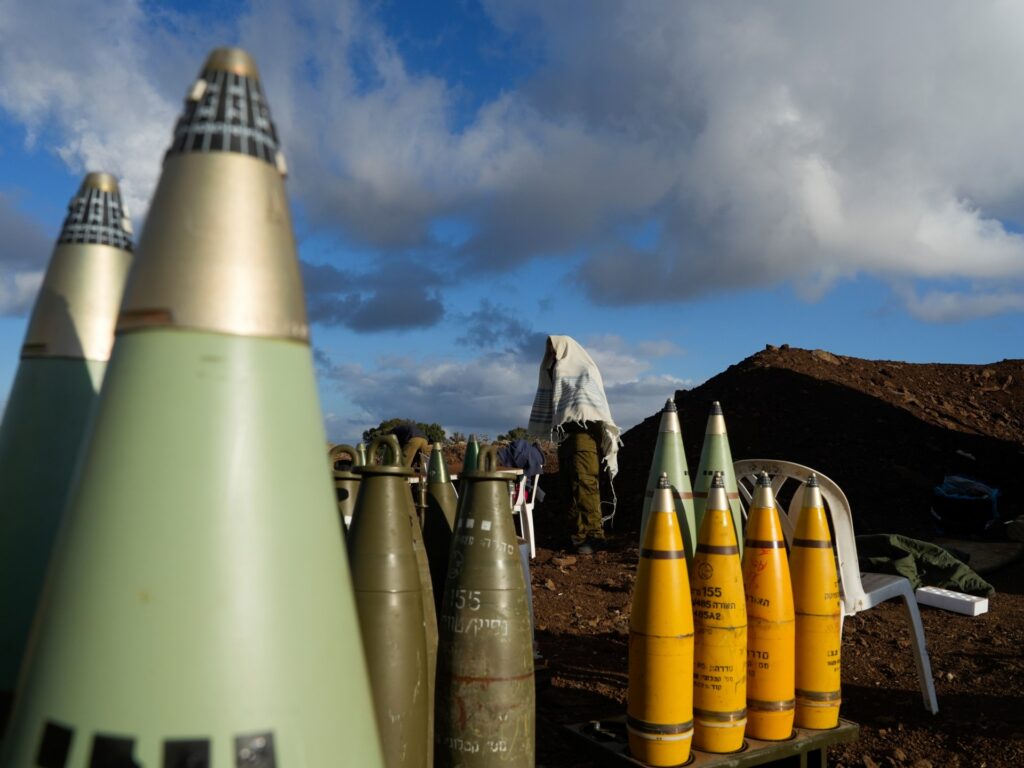
Israel and Iran have issued threats of retaliation against one another, pushing longstanding concerns over escalation towards a regional war to new heights. Israel, with backing from its United States ally, has promised to respond to the huge missile attack that Iran launched late on Tuesday. Iran has said any such retaliation will be met with an even “tougher” backlash. Meanwhile, Israel on Wednesday resumed its attacks on Lebanon and announced it is sending additional troops to carry out the ground offensive that it launched on Tuesday. Iran said the close to 200 missiles it fired at Israel were a response to the recent killings of Hamas, Hezbollah and Islamic Revolutionary Guard Corps leaders. Prime Minister Benjamin Netanyahu warned Tehran late on Tuesday that it had “made a big mistake”. Al Jazeera’s Hamdah Salhut, reporting from Amman, said the Israeli military and political echelon have insisted that the attack “simply will not go unanswered”. US President Joe Biden’s administration has warned Iran of “serious consequences”. US Republican House Speaker Mike Johnson said “the world needs America to return to a maximum pressure campaign against Iran”. The threats were met with defiance. Iran’s armed forces joint chief of staff General Mohammad Bagheri threatened to repeat its missile attack with “multiplied intensity” if Israel retaliates against Iran’s territory. Tehran’s foreign minister, Abbas Araghchi, called European counterparts overnight, telling them that if Israel “takes retaliatory action, our response will be even tougher”. On Wednesday, he said Tehran has warned the US against any intervention. The rising tension only raises longstanding fears that Israel’s war on Gaza will eventually lead to an all-out war across the region. Amid global calls for restraint and a step back from escalation, the United Nations Security Council has called an emergency meeting for Wednesday to address the spiralling conflict. However, the violence shows no sign of abating. In Lebanon, the Iran-backed Hezbollah armed group said on Wednesday that its fighters have directly clashed with Israeli forces for the first time since 2006. Reporting that Israeli soldiers had tried to infiltrate the country near the village of Odaisseh, Hezbollah claimed to have “inflicted losses on them and forced them to retreat”. Reporting from Hasbaiyyah in Lebanon, Al Jazeera’s Imran Khan said this was the first report of face-to-face fighting since Israel announced its ongoing air campaign against Hezbollah would now be accompanied by ground operations. “When this ground invasion was announced by Israel, there was a long and intense artillery shelling concentrated on three areas – Odaisseh was one of them. It is one of the chokepoints where Israeli soldiers are going to try to come into,” Khan said. Air raids persist Israeli air raids, which have been battering southern Lebanon and Beirut, continued to pummel the capital on Wednesday. Beirut’s southern suburbs were hit, with the Israeli military saying they had targeted Hezbollah. Large plumes of smoke were seen rising. Israel issued new evacuation orders for the area, which has largely emptied after days of heavy attacks. Lebanon’s Disaster Risk Management Unit on Tuesday announced that 1,873 people have been killed and 9,134 wounded as a result of Israeli attacks in the country since October 8 last year, when Hezbollah began launching rockets at Israel due to its war in Gaza. “The number of displaced persons from areas exposed to Israeli aggression has exceeded one million, including 155,600 registered in shelters,” the report said. Adblock test (Why?)
Florida law banning homeless people from sleeping in public outdoor spaces takes effect
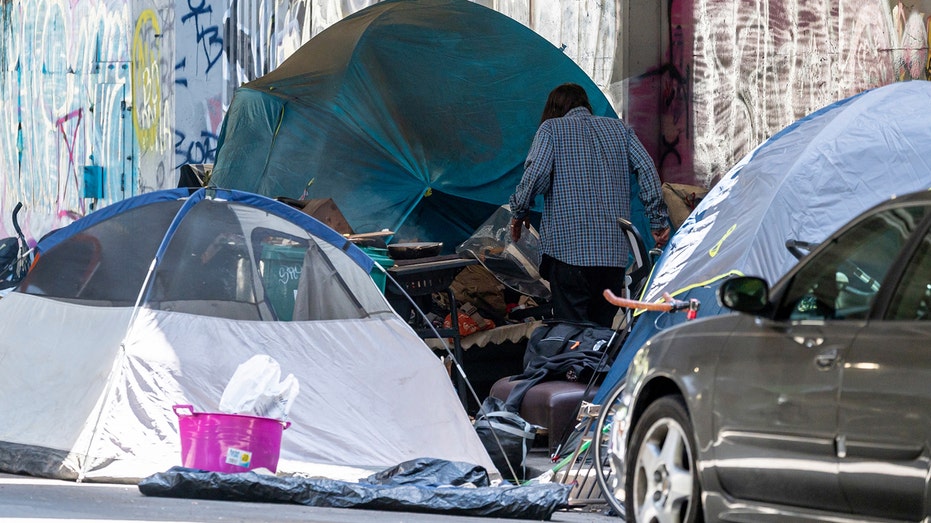
A new Florida law prohibiting homeless people from sleeping outside went into effect on Tuesday. House Bill 1365 prohibits camping on streets, sidewalks and in parks. Local governments are required to offer temporary housing, where individuals will be prohibited from using drugs. They will also be offered substance abuse and mental health treatment. Gov. Ron DeSantis, a Republican, said the law was “absolutely the right balance to strike,” adding: “We want to make sure we put public safety above all else.” People will also be able to sue counties that do not stop public sleeping. But the law includes a three-month grace period before people can start suing county governments for people sleeping in public. NEWSOM VETOES BIPARTISAN ACCOUNTABILITY LEGISLATION AIMED AT STATE SPENDING ON HOMELESSNESS CRISIS The public sleeping ban, however, took effect on Tuesday. Florida estimates it has about 31,000 homeless people. “To be camping out in public as we are because we can’t find a place to live because the money he makes in his job is not enough for us anymore,” Mildred Forti told CBS News Miami. “This is another stupid law. We will start moving again and looking for a new place.” Forti said she and her husband have been homeless in Miami for several months. Ron Book, chairman of the Miami-Dade Homeless Trust, told CBS News Miami, “We are working feverishly to create more opportunities for shelter and housing.” “We are looking at setting up a navigation center, which is a step below, if you will, what a normal shelter is,” he said. “We hope to have it operational by the end of the year.” Book also said his organization plans to move more than 140 people into rental units at the La Quinta Hotel before Dec. 31, 2024, referring to plans to convert the La Quinta Hotel in Cutler Bay into housing for low-income seniors. “We are building an 8-unit building in Overtown and 190 single-occupancy units for men near Krome,” Book said. “We’ve also identified 80 additional beds for another shelter in the next 30 days.” BLUE STATE COUNTY BUCKS TRENDS ON HANDOUTS – AND HOMELESS POPULATION CRATERS Broward Sheriff Gregory Tony said in a social media post that “Homelessness is not a crime.” Under the new law, local governments can offer county-owned land for people to sleep on as long as they keep it clean and free of crime, and as long as the people staying there are provided access to showers and mental health services. For approval, the county must prove there are not enough beds in homeless shelters to keep up with the local homeless population and that the camp would not hurt the property value or safety and security of other homes or businesses in the county.
‘Avoid non-essential…’: India’s advisory amid escalating Iran-Israel tensions
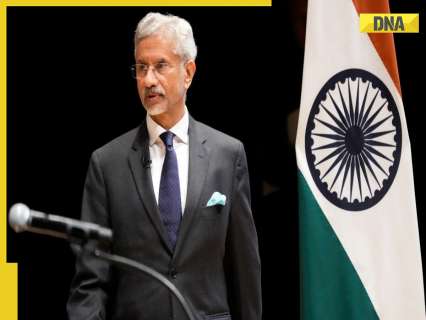
The foreign ministry said it is closely monitoring the recent escalation in security situation in the region.
Maharashtra government sets up commission to probe shooting of Badlapur sexual assault accused
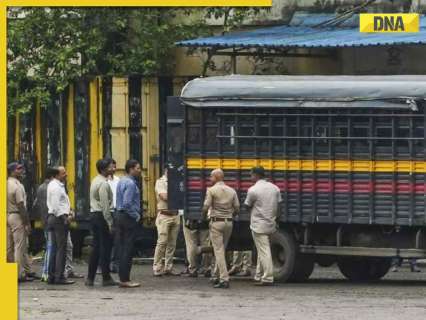
The panel will submit its report in three months, as per the gazette. Two girls, aged four and five years, were allegedly sexually abused by a male attendant inside the toilet of a school at Badlapur in Thane district in August.
Top 5 moments from only VP debate between Vance and Walz before election
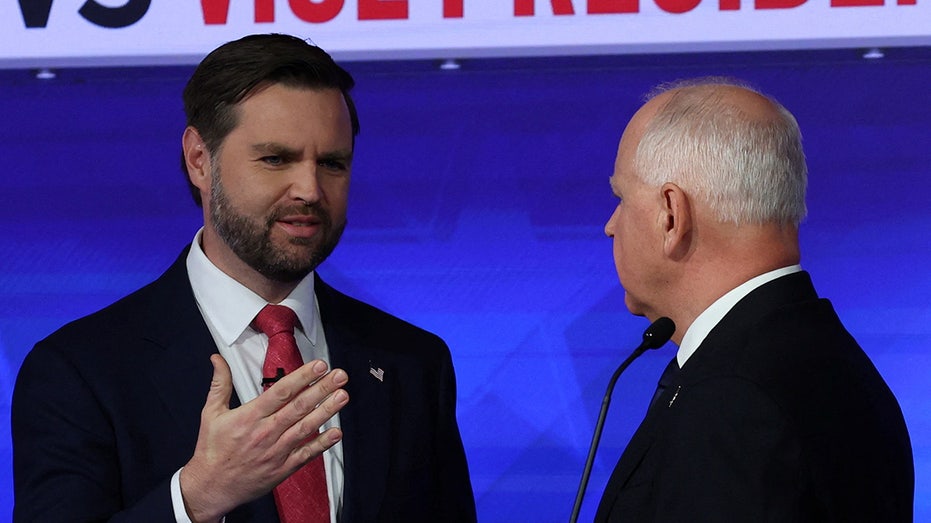
Sen. JD Vance, R-Ohio, and Gov. Tim Walz, D-Minn., met face to face on Tuesday night in New York City for the only vice presidential debate before the election. The event covered a variety of subjects ranging from immigration to climate change to abortion as the two lesser known politicians sought to make their introductions to American voters before election day. Here are the top moments from the debate: VANCE, WALZ SPAR OVER ABORTION AND IMMIGRATION IN FIRST AND ONLY VP DEBATE After CBS News’ Margaret Brennan offered an impromptu fact-check in response to Vance describing cities being overwhelmed by illegal immigration, noting that many Haitians in Springfield, Ohio have been granted a legal status, Vance hit back at her for violating the terms of the debate. “Margaret, the rules were that you are not going to fact-check. And since you’re fact-checking me, I think it’s important to say what’s actually going on,” he said. “So there’s an application called the CBP one app where you can go on as an illegal migrant, apply for asylum or apply for parole and be granted legal status at the wave of a Kamala Harris open border wand.” WALZ REPEATS GEORGIA ABORTION DEATH FALSEHOOD DECRIED BY DOCTORS AS ‘FEARMONGERING’ Vance told Walz that he was sorry to hear that his son had been witness to a shooting, in a moment of civility that was particularly frequent during the vice presidential debate. This civility has also been less and less common during presidential debates, which have proven contentious in recent election cycles. “I didn’t know that your 17-year-old witnessed a shooting, and I’m sorry about that,” the senator told Walz. “I appreciate it,” Walz said. “Christ have mercy,” Vance remarked. JD VANCE REMINDS CBS MODERATORS OF DEBATE RULES AFTER THEY TRY TO FACT-CHECK HIM “The American citizens have had their lives destroyed by Kamala Harris’s open border. It is a disgrace, Tim,” Vance said during the debate. “And I actually think I agree with you,” the Ohio senator said, adding, “I think you want to solve this problem.” “But I don’t think that Kamala Harris does.” Walz claimed there would be “a registry of pregnancies” under what he said was Trump and Vance’s Project 2025. The Project 2025 is an endeavor of conservative think tank the Heritage Foundation. “It’s going to make it more difficult, if not impossible, to get contraception and limit access, if not eliminate access, to infertility treatments,” he said. But Vance denied this claim. “No, certainly we won’t,” he pushed back at the statement. WALZ FORCED TO CORRECT RECORD ON WHETHER HE WAS IN CHINA FOR THE TIANANMEN SQUARE PROTESTS Walz referred back to his notes in one answer on Tuesday night, after frequently scribbling down observations during the debate. “I made a note of this,” he said. CLICK HERE TO GET THE FOX NEWS APP “Economists can’t be trusted. Science can’t be trusted. National security folks can’t be trusted,” he listed, referencing Vance’s skepticism of those heralded as experts. “Look, if you’re going to be president, you don’t have all the answers. Donald Trump believes he does.” Even Trump poked fun at the noticeable amount of notes that the Minnesota governor was taking, writing on Truth Social, “Walz is taking so many notes – Never seen a Candidate take more! He needs the notes to keep his brain intact.” Get the latest updates from the 2024 campaign trail, exclusive interviews and more at our Fox News Digital election hub.

